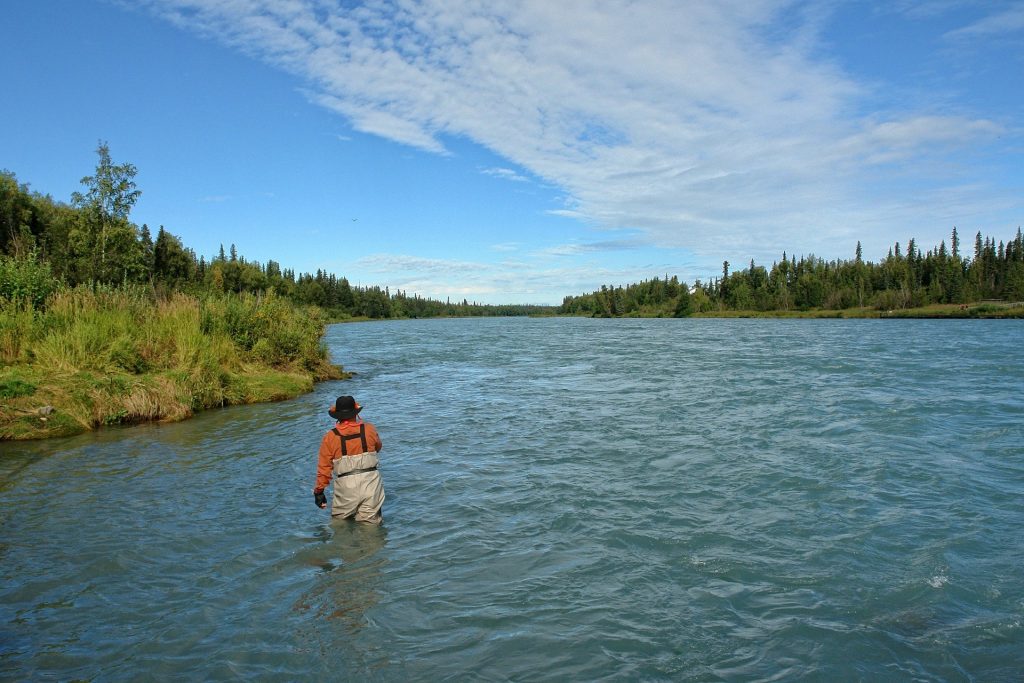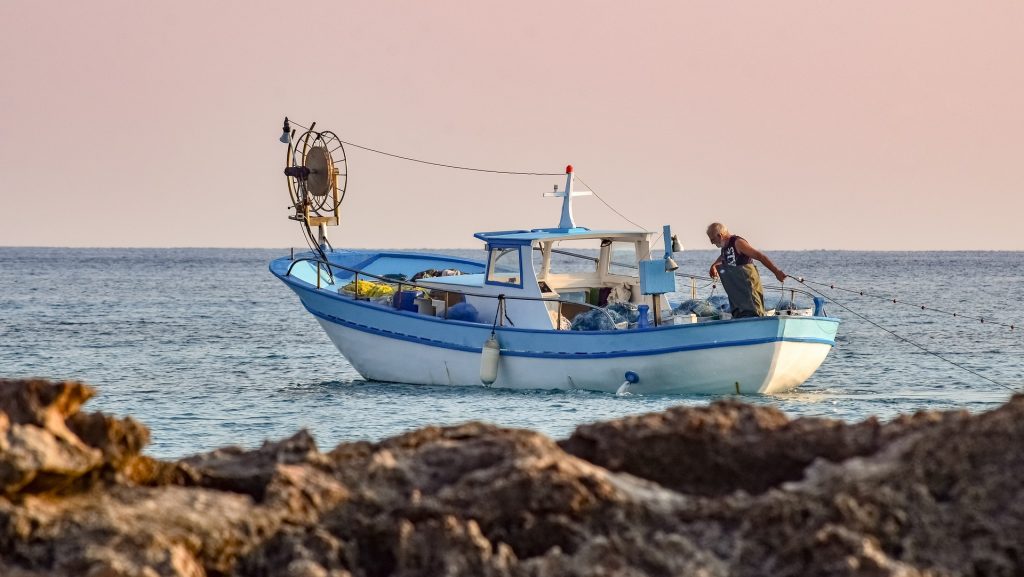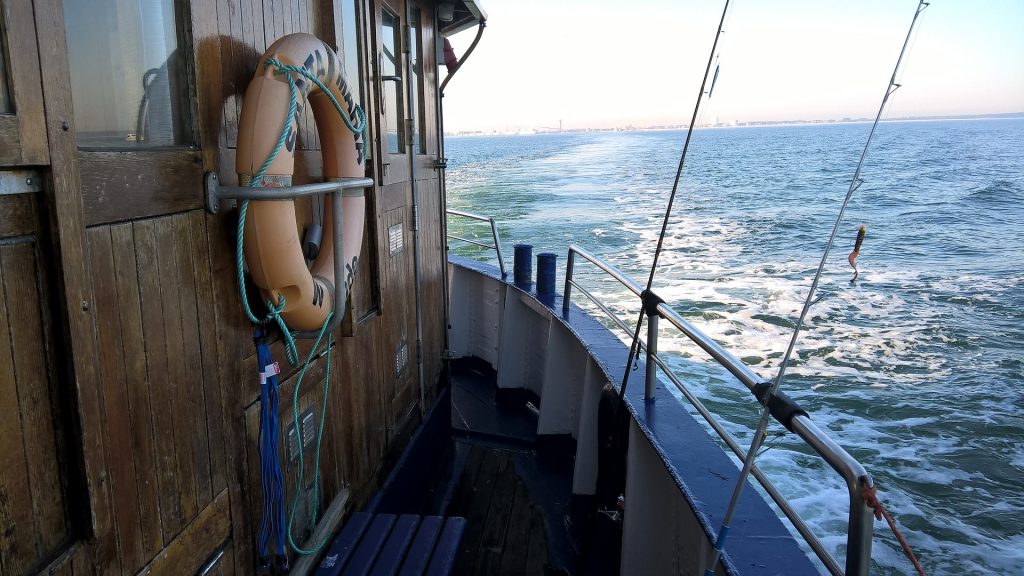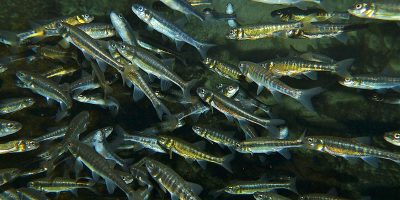Fishing for red snappers has become a great game for anglers because of the unique behavior of this particular species. However, what is most remarkable about the red snapper in its history. There was a time when this particular type of fish has been overharvested for commercial purposes. Such overharvesting led to the red snappers being tagged as “endangered”.
Hence, in the hope of rescuing this species from being completely exhausted, efforts of re-populating red snappers have been introduced to provide a better pattern of restructuring the way these fishes thrive. Because of its historical background, there are only a few regions in the world where red snappers could be found. Although these fishes also migrate, the concentration of repopulation has been in selected locations only, which means that red snappers are mostly found in these areas rather than on other expected locations.
Red Snapper Population rebuilding programs are most successful in the Gulf of Mexico. Other concentrations of this environmental program include the South Atlantic and North and Southern America. Red Snappers are seldom found in Carolina, although there may be a few areas where the fish may thrive but only for a little while.
So, when thinking about where to catch red snapper for a game or commercial reasons, you will certainly need to find time and focus your effort in going where they are being repopulated as mentioned.
With this condition of red snappers only being found within very specific locations in the world, anglers need to make sacrifices to catch this fish, which is interestingly why anglers find this goal particularly challenging. Having to go out of your way to find specific fishing locations is already an adventure in itself.
Where to Catch Red Snapper: Location Population Status
As mentioned earlier, the repopulation and rebuilding program dedicated to improving the population of the red snappers included restructuring the surrounding environment to help the species reproduce at a much faster and much higher rate. In 2018, it was pronounced that in the Gulf of Mexico, red snappers remain to be within an amicable population. This means that amidst commercial fishing occurring in the area, the repopulation of the red snapper remains to be within a good range.
However, in the South Atlantic, the results of evaluations present a more disheartening distinction on how the red snappers are overfished in the area. Between the years 2012 to 2014, harvests from large vessels for commercial purposes have already been prohibited in the area.
However, the combination of commercial and recreational catches contributes to the overfishing in certain areas where red snappers are being spawned aggressively.
Because of this condition, several strict rules and regulations have been set to protect the red snappers and retain their comfort within the environments that have been carefully maintained for their survival.
Currently, the South Atlantic and the Gulf of Mexico are the most visited areas by anglers who want to catch red snappers. Nonetheless, before getting anywhere near these areas, anglers, or fishers who want to catch red snappers for recreation are directed to follow through strict rules that they must recognize especially for the sake of making sure that they can support the rebuilding program and not disturb the maintained environment for this species accordingly.
What Do Red Snappers Look Like?
Red snappers are, of course, red. However, the tint of redness that a snapper presents could determine at what part of the water it thrives. A darker shade of red signals that the snapper thrives at the deeper parts of the water. Red Snappers that live in shallower waters are often more faint in color.
Red Snappers are known for their triangular face. The upper part of their face slopes more strongly than the lower part of their face. The measure of their jaws is equal although their lower jaws somewhat appear to be a little bit projected. Their canine teeth are enlarged which is the reason they are called snappers.
Some basic notes about Red Snappers are that they grow within a moderate rate up to 40 inches in length and 50 pounds in weight. Red Snappers that live in deeper sections of the water often live for as long as 57 years. Within the protected areas where they are being repopulated, Red Snappers practically live longer. In the Gulf of Mexico, they are assumed to live between 54 to 57 years of age. And in South Atlantic, they are assumed to live between 49 to 51 years. Old Red Snappers are often at their peak size and are quite speedy to catch.
The spawning season of Red Snappers is between May to October. This means that in the preceding months, looking for where to catch red snapper is best picked and planned to find where to best catch the reddest snappers easy and fast.
Red Snappers feed on shrimp, crabs, squids, and planktons. Others also prefer smaller fish and worms. The wide variety of diets that Red Snappers eat makes it easier to find good bait to catch the fish in locations where it is best found.
In areas where there are sharks, morays, and large turtles, it is most likely that Red Snappers would be scarce not because they have been fished for commercial purposes, but because they are the primary prey for these larger water predators.

Legalities You Should Know When Searching Where to Catch Red Snapper
In the Gulf of Mexico, the Fishery Management Plan for the Reef Fish Resources of the Gulf of Mexico is the agency entrusted with the protection of the areas dedicated to the repopulation of red snappers. This means, that if you are planning to go to the area and go for recreational fishing, you would need to contact the agency to confirm if you are to be allowed to come and visit your desired area. In most cases, there are requirements that they will ask for you to present and your tools for fishing would be checked accordingly.
Often, the rules and regulations for commercial fishing are stricter. Nonetheless, it does not mean that you would be careless of the proposed approaches to fishing even when you are merely doing it for recreation. You must respect all these rules to protect and respect the environment that caters to the existence of the Red Snappers for better recreation not only now but in the future too.
Meanwhile, in the South Atlantic, the Fishery Management Plan for the Snapper-Grouper Fishery of the South Atlantic Region is the agency in charge of protecting the location dedicated to spawning Red Snappers in the region.
Always be aware of the changes that these agencies pursue when it comes to opening areas within their responsibility for commercial and recreational fishers who wish to catch red snappers. Often, the decisions they make to either open or close certain sections in the locations that they protect are decided to depend on the rate of red snappers thriving in the area and the rate of spawning that has resulted in hatchlings during the spawning season. The rate of the spawned red snappers is then measured in assumption to the volume of fishes that will be caught if either commercial or leisure fishers are allowed in the area. These assumptions are calculated based on the activities allowed in the location during the past seasons. This gives the management an idea if the available red snapper resources in the area would be able to withstand the challenge of having to handle incoming fishers that come in for very specific reasons and activities.
So, what’s the best tip to catch red snappers in areas where they are located and are allowed to be caught? Here are some tips you might want to check and apply:

One: Understand the Environment of the Red Snapper
After discussing where to catch red snappers, it helps to understand the nature of these locations that makes them sufficient to support the existence of red snappers.
Take note though that as extensively presented in the previous section of this post, the areas where to catch red snappers such as in the Gulf of Mexico and the South Atlantic, are considered the location where they are most progressively spawned to support the growing demand for this specie, may it be of commercial or leisure-based fishing activities.
Nonetheless, there are also red snappers in other areas of the world, although they are most often than not scarce and may not be that easy to catch. This is why when searching for where to catch red snapper, the two locations mentioned herein are most often than not the fishing destination for professional and serious anglers.
Two: Where to Catch Red Snappers in Artificial Hot Spots
One of the strategies of repopulation that the different dedicated agencies focused on preserving the red snappers is creating artificial hot spots for these fishes. This will help distribute the population of this fish in nearby regions within and around the Mexican Gulf and the South Atlantic.
This is why artificial reefs are located in areas before you reach these protected havens for the red snapper.
Not only will this let you fish for the red snapper at much less strict rules, but it will also reduce your time and let you enjoy your fishing adventure at a more relaxed pace than when you opt to go and fish at the center of the dedicated repopulation areas.
The downside would be that the quality of red snappers that thrive within these locations has much lesser value in quality in terms of color, weight, and the basic features that make red snappers as interesting as they are when they are caught within their natural habitat.
Three: Remember Where You Caught Red Snappers and Return
It is not easy to find locations where red snappers easily thrive in. When you find a location that is more than just interesting to you, and where you caught red snappers, serious anglers back to the same spot not just to spot and catch more red snappers but to study the environment and study the behavior of the fish around it- not just the red snappers but also including the species coexisting with the red snappers within the said habitat. This knowledge will give you an idea of when it would be best to visit the area, what specific bait to use, and what strategy to use to lure in the red snapper you wish to catch.
However, as you return to the same spot, remember to not overfish. It is better to get a few and then return some other time to catch some red snappers again. The duration of your visit should be long enough to allow the fishes to spawn and the environment to rest from disturbance.
FOUR: Know the Seasons of Spawning
As mentioned earlier, red snappers often start spawning during summer.
Usually, the spawning season hits its peak between June and July. Even though there are instances when the date adjusts every year, these adjustments are likely closer to each other. Picking when to catch red snappers could be searched online from the database of dedicated agencies that are protecting the locations where red snappers are being spawned.
Often, these agencies provide indicated notification for interested individuals and groups of anglers or fishermen who wish to visit and catch red snappers either for commercial or for leisure purposes. The schedule for designated fishing seasons will allow you to search for the most convenient time for you to visit your targeted location.
Make sure that as you schedule your visit, you also look through the policies and rules that are applicable during the time you plan to visit. Remember that at least 95% of red snappers being caught are sourced from federal waters or waters protected by the government.
FIVE: If you are New, opt to Fish for Red Snappers on Shallow Waters
The good thing about red snappers is that because of their color, it is easy to spot these fishes in shallow waters. Through using a chumming strategy, you can whip groups of red snappers and create a bit of disturbance that will force them to move around which will make it easier for you to see them and catch them immediately. Take note though that when doing this, make sure to not create massive disturbance to the point of compromising the environment that has been established and protected to help the red snapper thrive.
SIX: Know the Fish Better
Understanding the behavior of Red Snappers tells you a lot about what best bait you can use aside from knowing where to catch red snappers.
One thing you should remember about Red Snappers is that they are clever. They do not immediately bite into a bait. Instead, they look around and observe if there is a trick to the food that they aim to bite into. This is one of the reasons why the red snapper is such an interesting catch for both new and experienced anglers.
One of the effective strategies used by experienced anglers includes using triggerfishes as primary bait. This will rest the worries of the red snapper and set them in a comfortable condition as they eat through the triggerfishes not noticing that one of those fishes is already the bait you have set in motion. One of the best triggerfishes and baits used by anglers to catch red snappers is Pilchards.
SEVEN: Know the Behavior of the Waters
What vessel are you going to use to reach the location to find where to catch the red snapper?
The boat that you will use and the interaction that it will have with the behavior of the water current in the location will do so much to determine your success in your red snapper fishing journey. If your boat disturbs the natural current in the water, it will likely be more common for the red snapper to move away and you lose your catch immediately.
At the same time, the strong current that comes from our vessel certainly affects the environment. This will be very detrimental to areas where natural or artificial coral reefs are situated.
So, before you go and fish for the clever and elusive red snapper, be sure to test your motor first. Have a test run before you reach your final destination. Set the sound of your motor to the lowest possible rate while also controlling the speed by which you come into contact with the location where the red snappers are thriving.

Key Takeaways
Your fishing journey in finding out where to catch red snapper should begin with your understanding of what it means to be environmentally responsible. Red Snappers are extensively protected because they are considered to be one of the most overharvested fishes because of their great qualities.
Accordingly, these conditions call for extra care especially on the part of those who want to fish for recreation. Being more mindful of what you can and cannot do according to the rules and policies that are being pursued in areas where Red Snappers are being repopulated.
Be a responsible fisher and respect the areas noted to be the best areas where to catch red snappers.


